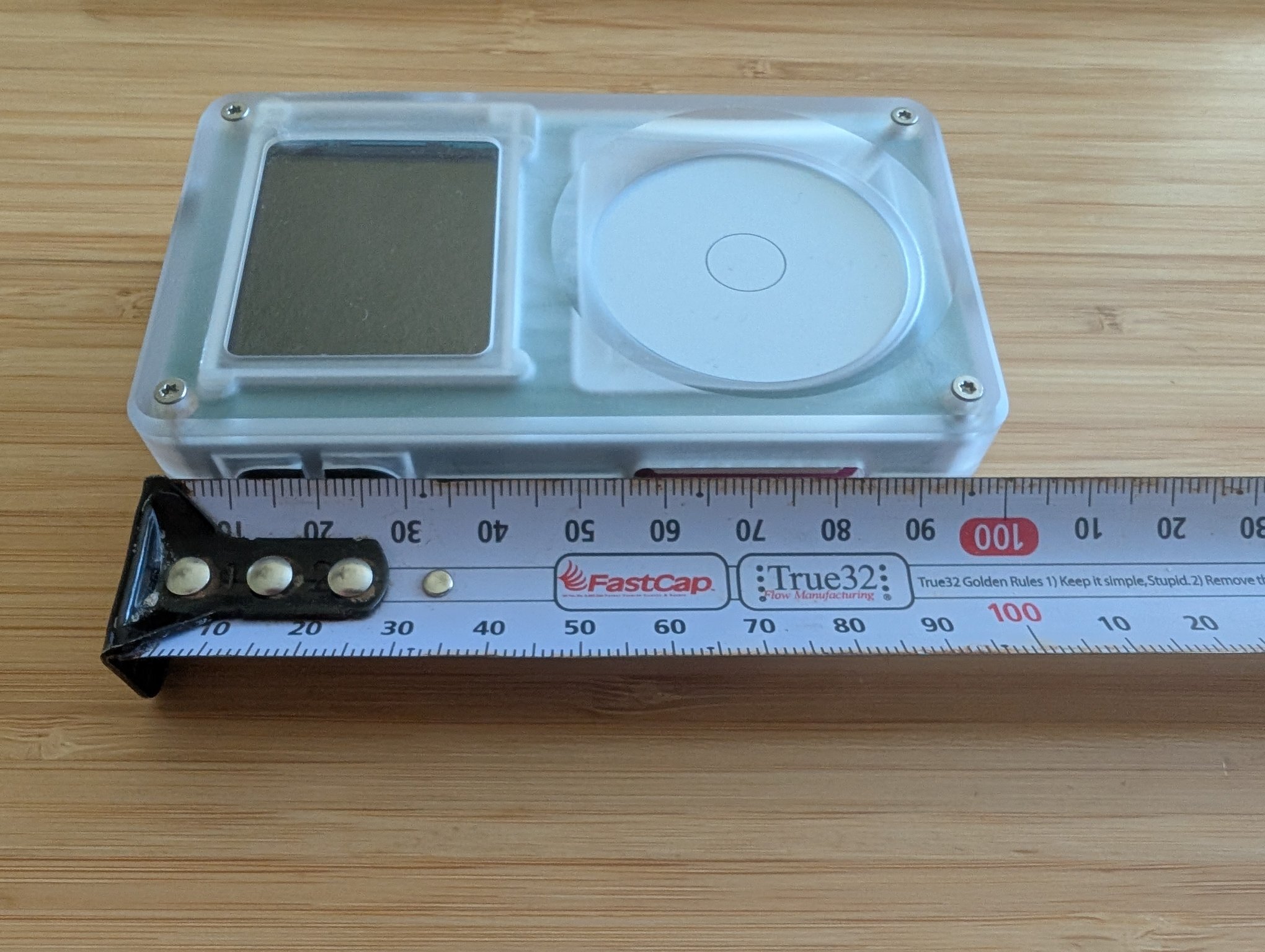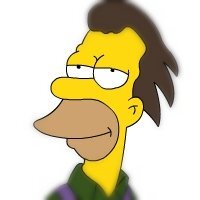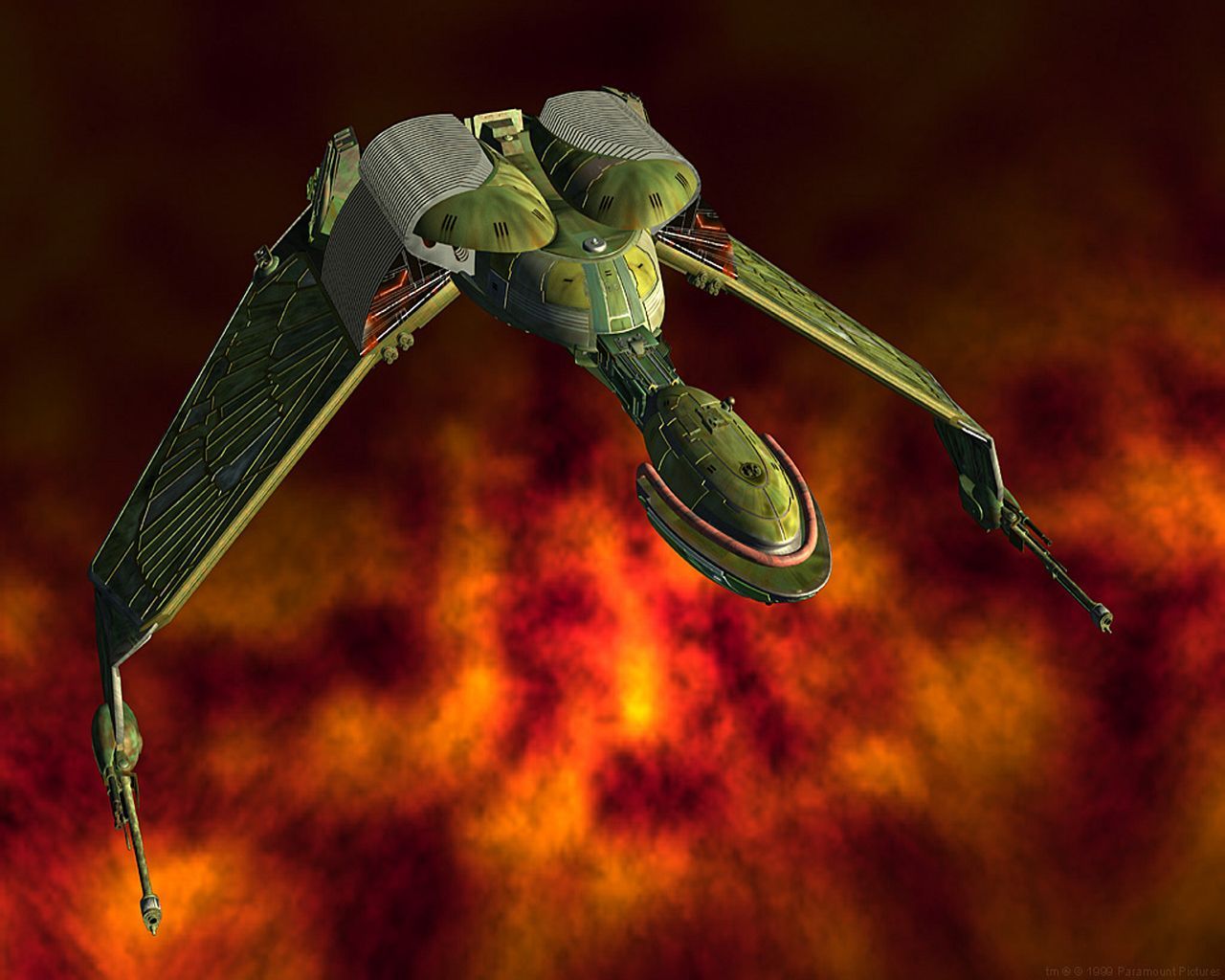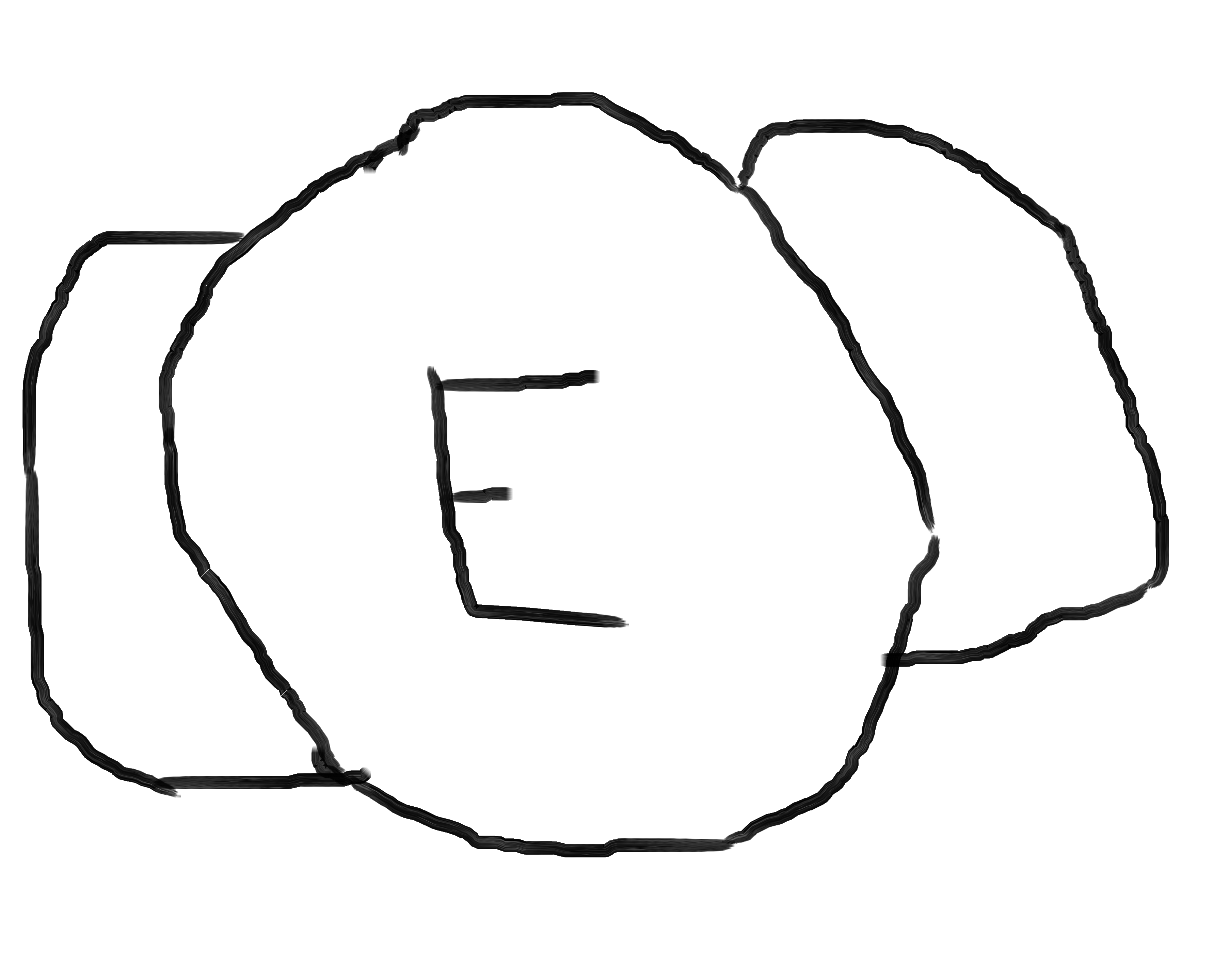For instance, a foot…is basically a foot length. So there’s this foot-measuring waddle some people do walking literally heel-to-toe to get a general sense of the space. An inch is kinda a finger width, etc (they’re all not perfect by any sense).
I’ve decided to just take the plunge and basically re-learn all my measurement systems because I’m seeing less and less of those being used. I started with just memorizing all the conversions but that’s literally just adding another step. Everything I own basically has settings to switch or show both measurements (like tape measures) so I’m just going to stop using Fahrenheit and the United states “Customary System” all together.
Any tips or things you’re taught or pick up on? There’s a funny primary school poem for conversion of customary liquid measurements,
Land of Gallon
Introducing capacity measurement to learners can be challenging. To make this topic more accessible and memorable, we can integrate creative and interactive activities into our teaching approach. Using storytelling, we can transform the sometimes daunting task of learning measurement conversions into a whimsical tale.
- In the Land of Gallon, there were four giant Queens.
- Each Queen had a Prince and a Princess.
- Each Prince and Princess had two children.
- The two children were twins, and they were eight years old.
Once students are familiar with the story be sure they see the connection between the story characters and the customary units of capacity measurement. If necessary, label the story pieces with their corresponding units of measure: queen = quart, prince/princess = pint, children = cups, 8 years old = 8 fluid ounces. You can reduce the number of customary units in the story based on student readiness. link
tl;dr looking for anything to remember the hierarchy and memorizing the metric and Celsius measurement system, sometimes explained in schooling or local sayings. (if I had an example for those systems I would give one lol).
A good base is knowing milli is a thousandth and kilo is a 1000 1000 milligram = a gram, 1000 grams = a kilogram 1000 millililters = a liter, 1000 liters = a kiloliter 1000 millimeters = a meter, 1000 meters = a kilometer
Plus, they’re all connected. 1 gram of water is 1 milliliter and takes up 1 cubic centimeter.
A good base is knowing milli is a thousandth and kilo is a 1000
YES! I feel like a common pitfall people run into is trying to bust out all sorts of fancy prefixes, deka, hecto, centi, deci, etc and then people get overwhelmed by all of that.
The most common prefixes are kilo 1000x or milli 1/1000. That’s all you should focus on.
I mean centimeters is probably the most common in households and centiliters at least in cocktail recipes. But yes, you don’t really need deka, hecto or deci in your daily life and you can grow up not knowing they exist at all. It would also make things like tape measures too complicated to look at.
centimeters is probably the most common in households
I’m curious, where are you from? In the US, I’d say we think of centimeters as a pseudo-inch, so I think I understand why people would gravitate to centimeters here.
But do other countries use centimeters as much? I’m especially curious about really metric countries like Japan or (who else?) France? Germany? I wouldn’t be surprised if Canada or UK use centimeters.
Related: centimetres or millimetres
Most countries in the world are “really metric countries”. And yes we do use the cm a lot for measurements inside the 1-100cm range.
I’m from Germany and we use cm a lot. I can’t imagine not having anything between mm and m, the gap is huge. Those are probably the most used ones in daily life and km for distances farther than 999 m.
Here’s a common German tape measure next to a book, which is 20.6 cm (206 mm, 0.206 m) long:

Cool! Thanks for sharing!
Now that I think about it, I think I own a carpenter’s measuring tape. Maybe that’s why they don’t call out cm.

Also just to be clear, my measuring tape is definitely not a standard tape you can buy at a local hardware store. It took some effort for me to find a metric-only measuring tape.
I know some people in the building profession who habitually call out everything in mm, as oppose to most people where I am using cm for most household measurements. So I’m not surprised to see measuring tape (esp a carpenting one) ignoring the redundant cm
Interesting, I’ve never seen a tape measure like this. In the end it’s the same thing, just remove a zero and you have cm. That’s the magic of it.
But i understand now how you came to the conclusion that centi is not used that much.
I really hope the US will at some point adopt the objectively better metric system!
I really hope the US will at some point adopt the objectively better metric system!
Me too. I’m trying! 🤝
Ive never heard kiloliter, at that point I say a thousand liters, or a cubic meter.
Plus, they’re all connected. 1 gram of water is 1 milliliter and takes up 1 cubic centimeter.
To heat said water by 1 degree celsius (or kelvin) you need one calorie. If one newton were to displace that water through the distance of one meter, the amount of work done would be 1 milijoule.
That thing about the queen and the princes etc. is silly and just gets in the way. Don’t those people have anything better to do?
It could be useful at times, in my experience it’s just two people trying to remember this strange ass poem and end up having to look it up anyways.
You mean the pint’s a pound poem? It’s not even right, you know. A pint of water weighs about 1.04 lb.
didn’t know that one, was referring to the Land of Gallon one. Get to prince and princesses then everything would get fuzzy, recently acquired a hot-plate thing with conversions on it so remembered even less of it till I looked it up again.
My 2 cents to some of the really good comments already mentioned. 1kg is 2 US lbs +10%. Learn what 10cm is, use that as base for small stuff Learn a stride that’s 1m. 1m is approx 3ft Get a good scale in grams Celcius is linear, Fahrenheit is not. Hence 0 freezing, 100 boiling, 50 is exactly half that amount of energy.
Now if you’re into engineering I’d recommend you grab yourself a caliper and measure some of the common products you can buy. You’ll notice that anything in 16th, 32th or even 64th is a most likely an approximation to a perfect size in mm.
It’s important to realize that the US is the only real producing country in the world using US customary. Relatively speaking there’s very little actual manufacturing being done in true US customary.
Spreading my hand out, the distance between the tip of my thumb and the tip of my pinky is almost exactly 20 cm.
When I need to measure something like a piece of furniture, I “crab walk” my hand along its side, counting 20 cm for every step.
Celsius:
0 is the phase transitiom temperature for water between solid and liquid under normal atmospheric pressure. 100 is the phase transition temperature between liquid and gas under normal atmospheric pressure.
knew about the 0 but not the 100, good shit.
Also, this one might be somewhat subjective since stuff can feel hot or cold depending on the person, but body temp is around 37C, with hands lagging behind a degree maybe.
Even a two degree difference is obvious, and helps with pets (cats have an internal temp of 39 and dogs of 37), and to a lesser degree, cooking.
Man you got some giant feet and sausage fingers lol
I’m in Canada, and learning French in school actually helped me with fractional measurements since French is based on Latin.
Cent is 100 in French, so 1/100 meters is a centimeter
Mille is 1000 in French, so 1/1000 meters is a millimeter
Dix is 10 in French, so 1/10 meters is a decimeter (this is last because it’s not super helpful since you never see deci- units in the wild outside of niche applications)
And for the powers of 10, we only really talked about kilo (1000) in school, but I was interested in computers since I was a child so I figured out mega, giga, terra, etc fairly early on.
For daily use of temps, I found it best to just switch my apps and stuff to use Celsius. Then just made a point to take mental notes as to see what the current temps were on my devices. Especially when it was feeling too hot or cold. On days that felt nice, would see what temps they were and just kind of learned what ranges were between them (I tend to find 16-23C to be fine warm temps).
I can’t say exactly what the temps in Fahrenheit directly. But can give a range for friends and co-workers if they happen to ask me what the temps are outside (they obviously take the Celsius value as not helpful but they know I am going to give them). I can say that for me the “exposure therapy” of just using Celsius has been much easier than things like distance. I can kind of handle thinking of static distances, but I am not able to translate active things like speed.
1L of water is 1kg
It’s great that the units are linked like this. I actually had to use this once. I didn’t have a container to measure out 1liter of water, but I did have a kitchen scale that could measure 1,000 grams! 🙌🏽
Measuring liquids by mass is even more accurate because the volume is related to temperature, plus the surface tension and water’s tendency to climb up the walls of the container can make the volume readings ambiguous
A small trick is to measure your own hand. How big is your fingers spread all the way? That will always be a good quick measure. Like this: 🤙and 🤘.
And for the hierarchy:
Kilo means 1000 of something
Centi means 1/100.
Mili means 1/1000.kilo + meter = 1000 meter. centi + liter = is a cube of water that measures
1 cm all around, that actually 1/100 of a liter. And 1/100 of a kilograms if it is water.
Edit: 1cm cube is a mililiter, because 10x10x10 its 3dimensional as Moody pointed out.A 1cm cube is 1ml and not 1cl.
One litre is a 10x10x10cm cube.
Good idea with the hands, I kinda already had this with the other system (different methods though) so now I gotta do the new ones and sear that into my brain. I’ve always been interested in a tattoo like the myth busters guy with a ruler on his forearm but I like the hang-ten one and seems cheaper/less painful.
For distance:
- learn to do a 1m pace
- measure your height to compare against other things
- measure the length of your finger gun (mines basically 150mm)
For temperature (for me):
- below 6 think about wind chill and keep warm
- 6-10 = warm jacket weather
- 10-14 = pants and sweatshirts
- 14-18 = great exercising weather
- 18-22 = shorts and t-shirts or light sweatshirt.
- 22-26 = very warm
- 26-30 = uncomfortable
- 30+ = sweating just walking around
For weight, it is too dependent on your strength. For some, lifting a 20kg sack of flour would be to much, for others grabbing two 40kg sacks of cement per trip to the palet is normal.
I discovered that my height in cm is the same as my weight in pounds. That was helpful for memorization.
Your temperature scale is clearly from a northern country :P
- 22-26 is pleasant in Italy
- 26-30 is warmish
- 30-35 is warm
- 36+ sweating just waking around
Quite the opposite
As a northen-ish countryperson. I share this scale
10cm is long. don’t let anybody tell you otherwise
For length, for an average male one meter is about one large step with extended legs (useful for distances), or the distance between e.g. the left side of your torso to the end of the extended right hand (useful for estimating the length of rope or smth).
For weight, it might be useful that 1 liter (that’s 1 dm3 but noone uses that except sometimes in scientific literature) is almost exactly 1 kg, and a typical cup fits 0.25 liter. A shot of alcohol is either 20 or 40 milliliters (0.02 or 0.04 liter) depending on where you are and what you order.
For conversions you just need to remember the base unit (e.g. meter and grams/kilograms) and the decimal prefixes. But you really only need milli (1/1000), centi (1/100) and kilo (1000) in day to day life. Then you simply shift the decimal.
Meter was easiest for me because it’s essentially a yard (when eyeballing).
Liters are easy because the soft drink industry picked up on it decades ago as a way to get people to drink more soda. You’d buy cans and 6-packs, but nobody bought a gallon of soda. But they would, it turns out, buy a liter of soda, and as we got more obese as a nation, 2 liters. Liters of consumer drinks are really common, and so easy to visualize.
yard
Except in US handegg, do people still use yards? It sounds old-timey to me now. Normally, I either hear people talk in feet or miles, but never yards. Even in school (California), I vaguely remember hearing “X yard dash” when I was a little kid, but that definitely changed to “X meter dash” as I got older.
I was confused on the “cup” part because I wasn’t sure if you meant like a typical drinking glass or the actual cup-customary measurement until I looked at it (another reason i dislike the measurement system…a cup of coffee is so damn vague at times). I’ll definitely remember the torso one.
For Celsius:
30 is warm
20 is nice
10 is chilly
0 is ice
Nah, 40 is hot, 30 is warm, 25 is nice, 20 is chilly, 15 is cold, Below 10 is very cold
(For me personally at least, in Melbourne)
-10 is Ice+
You can walk a klick in 10 mins
A ruler is 30cm. Roughly a third of a meter.
Four cups to a litre.













